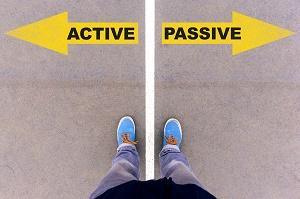
One Last Beating for a Dead Horse
We promise! This will be our last article (at least for now) on the now settled question of passive vs. active (spoiler alert—passive wins).
The study we cite most often is the S&P Indices Versus Active Funds Scorecard (SPIVA) which accounts for the distortion caused by survivorship bias. The most recent version of SPIVA (through 12/31/2016) has a significant enhancement over prior versions. Specifically, it now includes a 15-year period (1/1/2002 – 12/31/2016). And as we have always said, the longer you look, the worse it gets for active management. The importance of adjusting for survivorship bias is illustrated by the fact that only 42% of U.S. equity funds survived for 15 years.
For the 15-year period, 82% of all U.S. equity funds trailed an S&P total market index. When we drill deeper to U.S. equity funds, we find that 92%, 95%, and 93% underperformed their S&P benchmarks for large-cap, mid-cap, and small-cap, respectively. These numbers debunk the myth that indexing only works for “widely followed” large-cap stocks while stock-picking managers add value for mid-cap and small-cap stocks. The myth is further busted by the returns difference between the active funds and their S&P benchmarks of 1.01%, 2.20%, and 2.02% for large-cap, mid-cap, and small-cap, respectively. The simple, and as far as we are concerned, indisputable fact is that in a highly efficient market, the high costs of active management are difficult to overcome. This true for any period of time but is most evident in longer periods.
It is clear to us that investors have cottoned on as evidenced in the withdrawal of $1.2 trillion from actively managed U.S. stock funds and the addition of $1.1 trillion to passive funds over the past decade, according to Morningstar Inc. At Clarity, we intend to do all that we can to help continue this trend.

